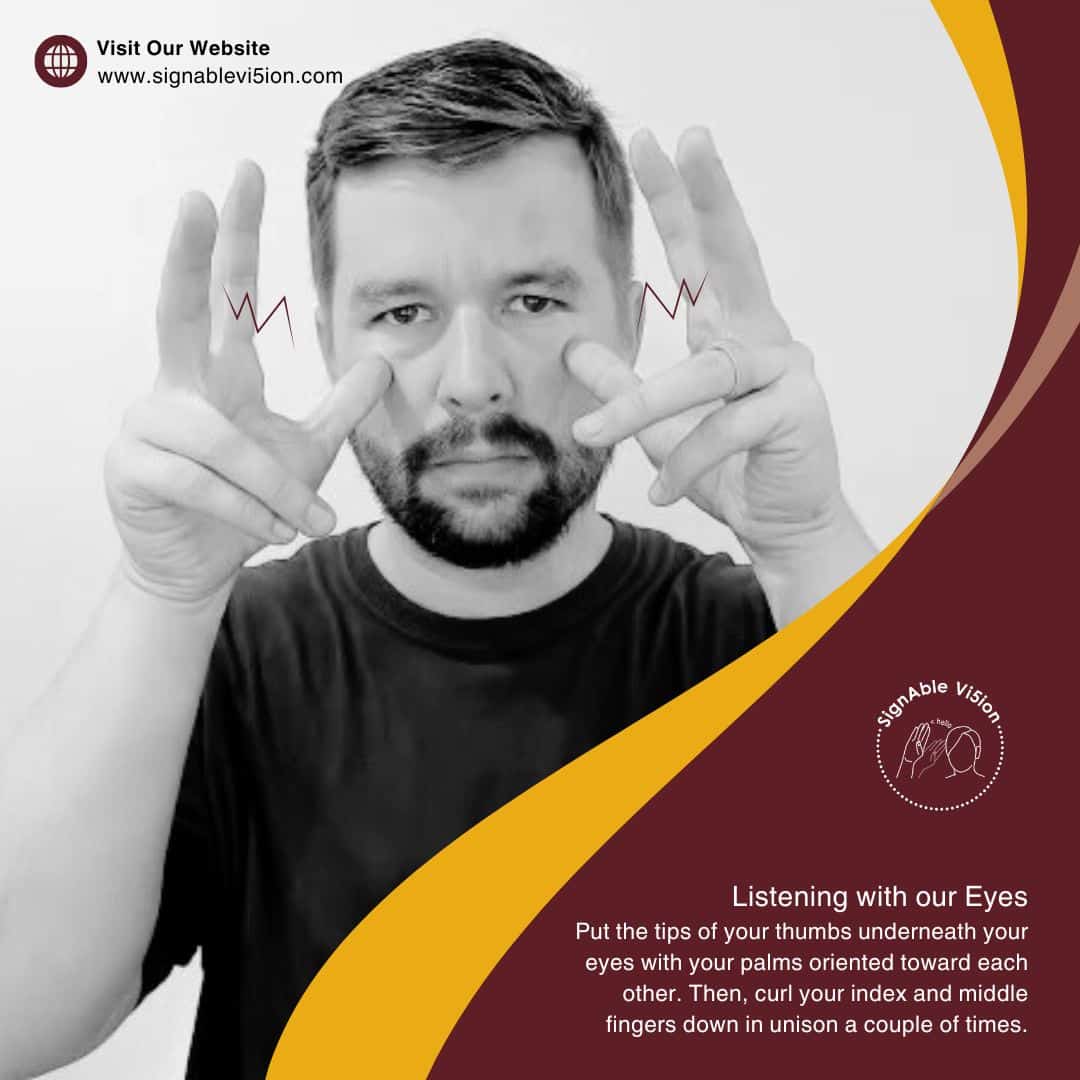You know, we talk a lot about diversity in the workplace these days and that’s great. But have you ever thought about how communication plays into that? It’s one thing to have a diverse team, but if people aren’t able to truly connect and understand each other, that diversity can feel more like a hurdle than an asset.
That’s where inclusive communication comes in. And honestly, it’s a game-changer.
What is Inclusive Communication, Exactly?
Let’s start with what I mean by inclusive communication. It’s all about making sure everyone – regardless of their background, language, or abilities – can fully participate in conversations. It’s not just about speaking clearly or sending an email; it’s about making sure no one feels left out.
For example, think about a Deaf colleague who attends a meeting where there’s no interpreter or captions. They’re there, but are they really included? Inclusive communication bridges those gaps. It might involve providing interpreters, using sign language, or even just being mindful of how we communicate.
It’s not about doing more work, it’s about doing better work together.
Why Does This Even Matter?
Okay, so let’s talk about why this matters so much. When workplaces prioritize inclusive communication, amazing things start to happen:
- Teamwork Improves: People collaborate more effectively because everyone feels heard. You’d be surprised how much better a team works when everyone’s voice is valued.
- Fewer Misunderstandings: Ever had a miscommunication that spiraled into a bigger issue? Yeah, we all have. Clear, inclusive communication helps avoid those headaches.
- You Keep Great Talent: People want to stay where they feel respected and included. It’s as simple as that.
- Your Customers Notice Too: If your team can connect with a broader audience, you’ll see the benefits in customer relationships, too.
So, What Changes When You Get It Right?
Honestly, everything changes. When communication is truly inclusive, it builds trust. Employees feel like they belong, and clients know they’re being understood.
Plus, creativity thrives. When everyone can contribute their ideas, without barriers, you end up with solutions and innovations you might never have considered. Productivity also gets a boost because clear communication means fewer mistakes and less time wasted.
And let’s be real… when people feel included, the whole workplace vibe improves. You create a space where people actually want to be.
How Do You Make It Happen?
If you’re wondering how to get started, it’s not as complicated as you might think. Here are a few ideas:
- Start by Listening: Ask your team what’s working and where they feel communication is falling short.
- Provide Training: Offer workshops on ASL or inclusivity. It’s not just about learning skills, it’s about showing your team that you’re invested in them.
- Use Accessible Tools: Add captions to videos, use plain language, and provide interpreters when needed.
- Check In Regularly: Everyone’s needs are different. Make it a habit to ask how you can support better communication.
- Lead by Example: This one’s big. When leaders make inclusivity a priority, it sets the tone for the whole organization.
A Quick Story to Illustrate This
Let me share an example. There was this company where a Deaf employee felt pretty isolated, they didn’t have the tools or support to fully participate in meetings. The company decided to provide ASL training for the whole team and started using interpreters. The difference was night and day. That employee went from feeling like an outsider to being a key part of the team. And guess what? The entire team’s productivity improved, not just for the Deaf employee.
It just goes to show: inclusive communication doesn’t just help one person – it lifts everyone.
What’s Next?
So, here’s the thing. Inclusive communication isn’t just about being “nice” or ticking a box, it’s about transforming the way we work together. And it works.
If this resonates with you and you’re ready to make some changes in your workplace, I’d love to help. Whether it’s ASL training, accessibility tools, or just figuring out where to start, we’ve got resources that can make a difference.
Let’s create workplaces where everyone feels heard, valued, and included. Sound good?



